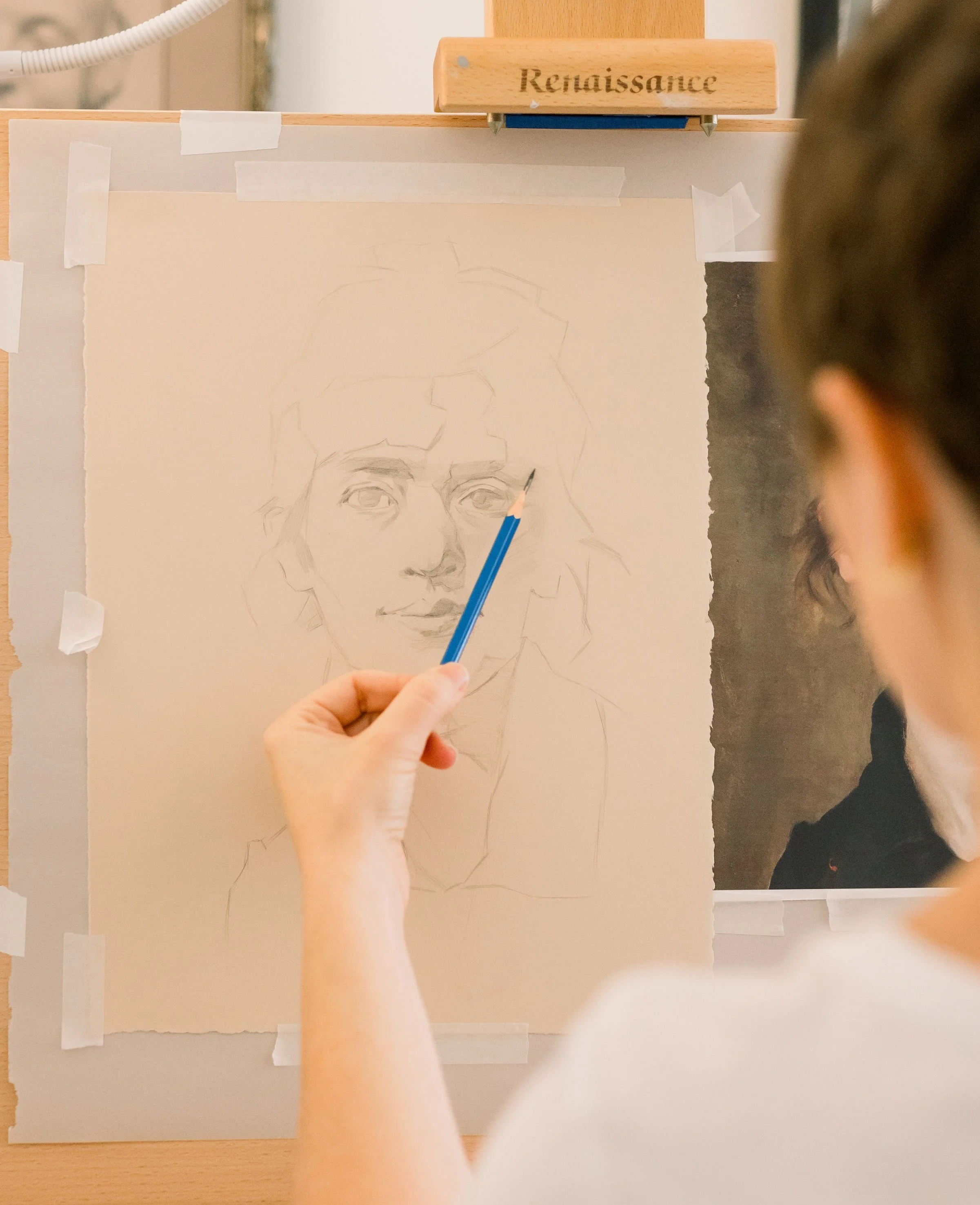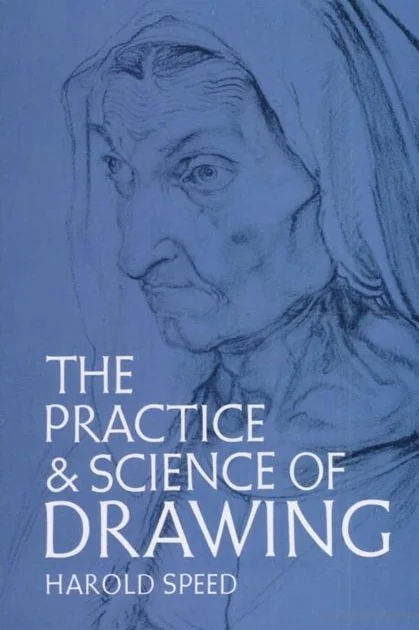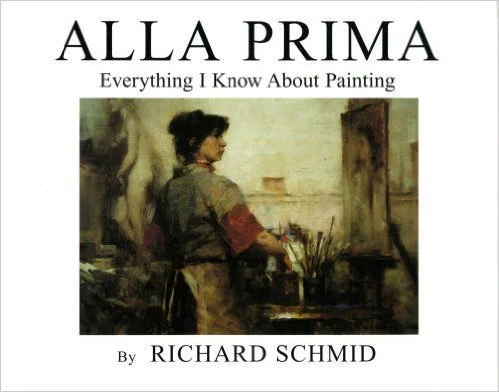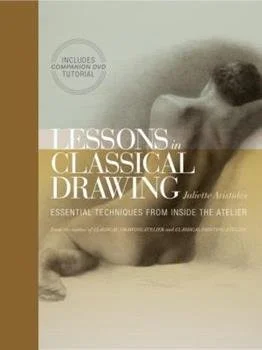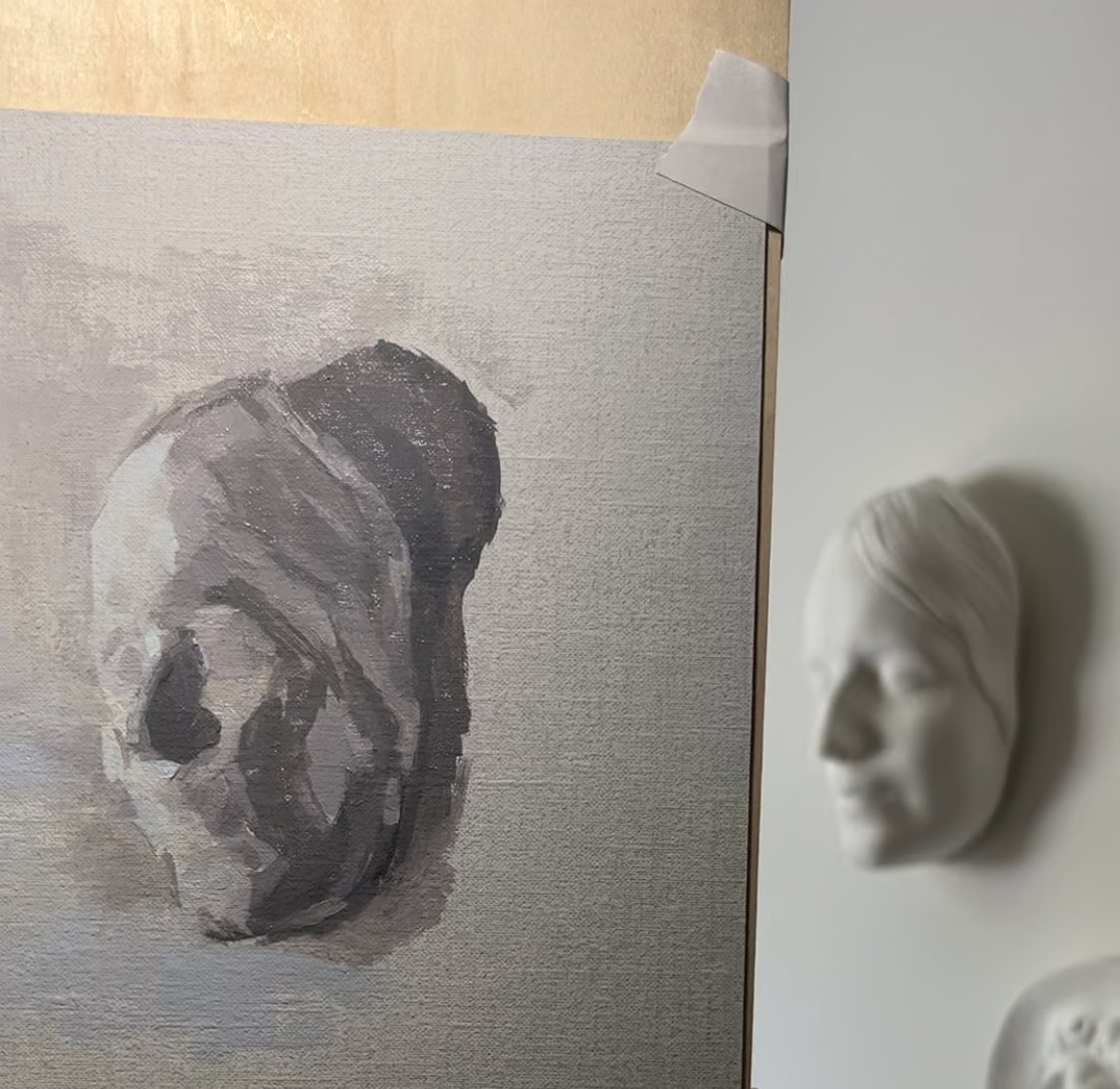getting started
Thank you for interest in individual instruction
These questions will help me prepare for your meeting.
teaching Philosophy
A professor of mine commented to me once, “Art is simply creating and editing.” While the editing description allows me to approach questions such as, “How do artists create a physical volume on a 2-D plane?” or “How do art professors facilitate specific skills to art students?”, it didn’t address the more nuanced sensation involved in art making… a need to create. The “editing” process of creating occurs amid the vague but tangible need to have a particular experience. For my own work, I have focused on the natural visual experience for a time. I teach based on visual experience as a doorway to many ways of creative thinking and art making. The lovely thing about the human eye and considering nature is that there is still much information that we can consider unexplainable in art. A few examples are how people experience the sensation of time, light, and form. Of course, there is so much science has helped us know about these experiences, but it is art that allows artists to record their sensations of them.
Teaching is about allowing students to notice the relationship and character of their own experiences. This can be natural and literal regarding visual shapes and their proximities to one another in a given form, or much less literal and full of abstraction. Both are Art. The balance of creating visually satisfying and poetic art is a maturation of the student and their materials. It is this matuing that allows a new, or student, artist to begin the process of using their medium to include, or editing out, in a personal and powerful way of painting and drawing. My students learn that to draw using life observation skills. It is a skill set concerned with sensing the eyes' interaction light and space. I believe students working in my courses and individually learn to relax in their studio space, connect with what they visualize, and learn various methods of conveying their artistic vision.
While I have specific methods I enjoy teaching from my training, I work with artists using a combination of linear and non-linear learning styles while including my visual methodology.
Artists can hit walls in their learning process, and it is important for them to continue to research and dig for their breakthroughs. Because artists are sometimes learning and experiencing an artistic block, I approach my teaching based on the students' needs. This can mean our work gets detailed or personal in understanding one’s thinking processes and materials. I prefer to be attuned to a student's tendencies and particular interests and assist in researching further interests to push their work. I like to introduce artists to other artists of interesting styles and skill sets. I then concentrate on the development of the individual’s work by asking questions about their thoughts, processes, and challenges in their work to facilitate individuation in their working methods.
Learning is not a straight and narrow road, and I believe the detours within an individual’s experience are the foundation of their personal working practice. Structure and hard work are the building blocks of an artist’s career. The individual will arrive at their creative practice through various routes of experimentation. I enjoy working with artists who wish to bring their thoughts and philosophy about life, skill-based drawing, and painting to the easel as we work together. I aim to place appropriate challenges in the learning process and facilitate a way through each exercise.
We are living in a vibrant time for artists where traditional techniques meet modern artistic concepts, and my aim is to use traditional training in combination with different learning styles to create an appropriate studio for each student.
recommended artistic reading
painting
This book is fantastic! Todd Casey gets into technician questions! I love how it shares a variety of approaches in each subject covered. This edition is only one of his 6 masterful books.
drawing
Harold Speeds historical drawing book is different than any other drawing book I’ve read. This is a book that feels conversational and allows you to think about your process. I enjoy this book because it feels less distracting than most drawing books. Harold also relates drawing to painting and this is a specific focus and sensation at the easel that helps to train painters to handle the medium.
LIFE. PAINTING. SEEING
Richard Schmid is a legend. His focus is painting from life. His books use language that allows you to feel as though you are speaking to a full-time painter… and apprenticing in his studio. His books are such a gift because of the way he discusses what he sees as though he is speaking to another painter. It’s a beautiful book.
drawing training & ateliers
Juliette Aristedes book on classical drawing is so beautiful, practical, and instructional. Like all the books I am listing on this page, this one is one you can refer to over and over. Google her and you’ll discover a world of education! She has many books now and is the founder of Gage Academy in Seattle.
See You Soon
Whether your work is about self-discovery, creating beauty & meaning, or all of the above… Let’s get your skills ready for the journey.
